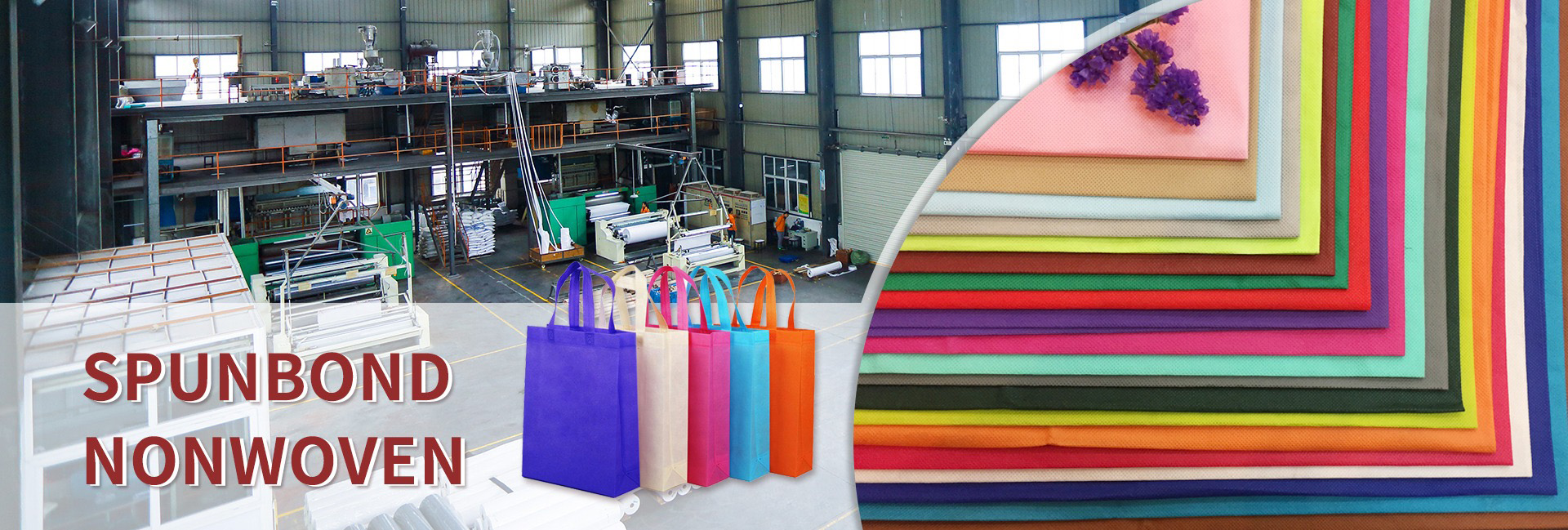
Products
Spunbond Polypropylene Fabric Water Resistant
spunbond polypropylene fabric is water-resistant due to the inherent properties of polypropylene fibers. Here’s a detailed explanation of its water resistance and how it works:
Why Is Spunbond Polypropylene Water-Resistant?
- Hydrophobic Nature:
- Polypropylene is a hydrophobic material, meaning it naturally repels water.
- This property makes spunbond polypropylene resistant to moisture and ideal for applications where water resistance is needed.
- Non-Absorbent:
- Unlike natural fibers (e.g., cotton), polypropylene does not absorb water. Instead, water beads up and rolls off the surface.
- Tight Fiber Structure:
- The spunbond manufacturing process creates a tight web of fibers, which further enhances its ability to resist water penetration.
How Water-Resistant Is It?
- Polypropylene spunbond nonwoven fabric can resist light moisture, splashes, and light rain.
- However, it is not fully waterproof. Prolonged exposure to water or high-pressure water flow can eventually penetrate the fabric.
- For applications requiring full waterproofing, spunbond polypropylene can be laminated or coated with additional materials (e.g., polyethylene or polyurethane).
Applications of Water-Resistant Spunbond Polypropylene
The water-resistant properties of spunbond polypropylene make it suitable for a wide range of applications, including:
- Medical and Hygiene Products:
- Surgical gowns, drapes, and masks (to repel fluids).
- Disposable bed sheets and covers.
- Agriculture:
- Crop covers and plant protection fabrics (to resist light rain while allowing airflow).
- Weed control fabrics (water-permeable but resistant to moisture damage).
- Home and Lifestyle:
- Reusable shopping bags.
- Furniture covers and mattress protectors.
- Tablecloths and picnic blankets.
- Industrial Uses:
- Protective covers for machinery and equipment.
- Geotextiles for soil stabilization (water-resistant but permeable).
- Apparel:
- Insulation layers in outdoor clothing.
- Shoe components (e.g., liners).
Enhancing Water Resistance
If greater water resistance or waterproofing is required, spunbond polypropylene can be treated or combined with other materials:
- Lamination:
- A waterproof film (e.g., polyethylene) can be laminated to the fabric to make it fully waterproof.
- Coatings:
- Waterproof coatings (e.g., polyurethane) can be applied to enhance water resistance.
- Composite Fabrics:
- Combining spunbond polypropylene with other materials can create a fabric with improved water resistance or waterproofing.
Advantages of Water-Resistant Spunbond Polypropylene
- Lightweight and breathable.
- Durable and cost-effective.
- Resistant to mold, mildew, and bacteria (due to its hydrophobic nature).
- Recyclable and environmentally friendly (in many cases).
Write your message here and send it to us










